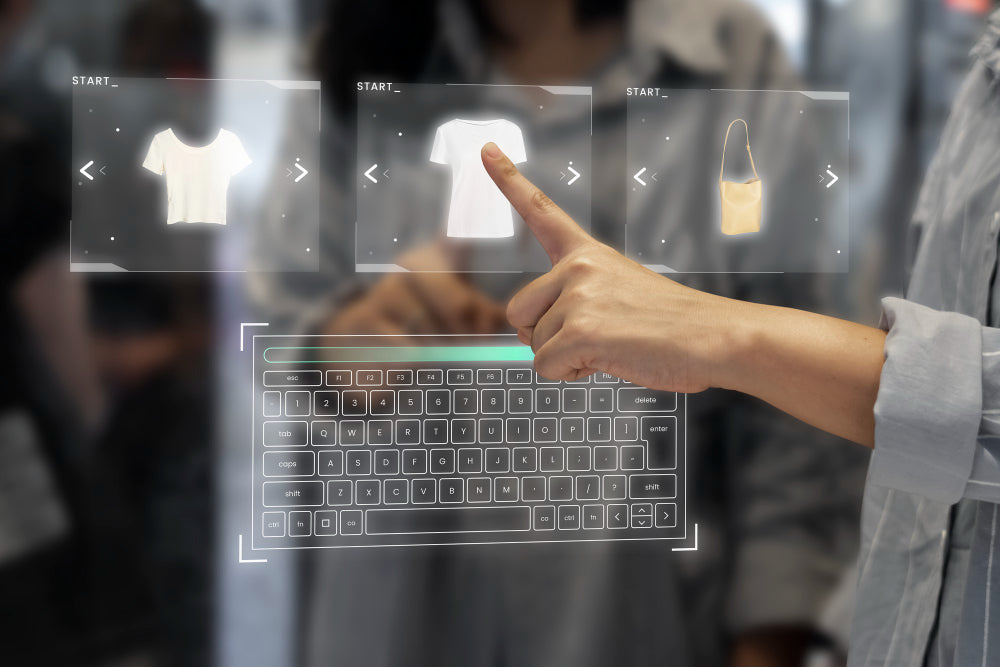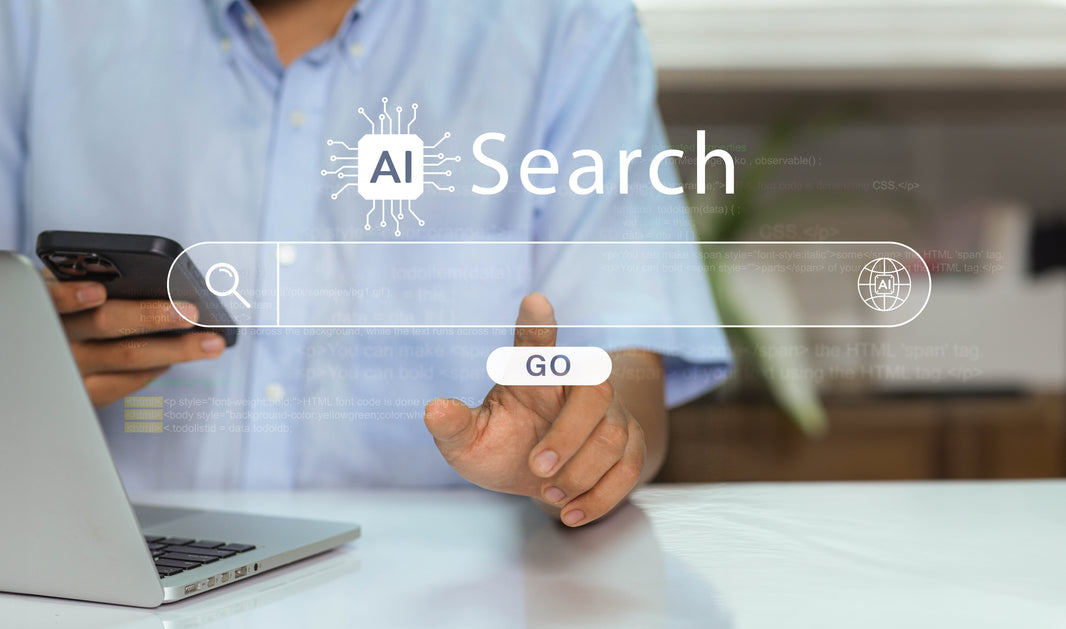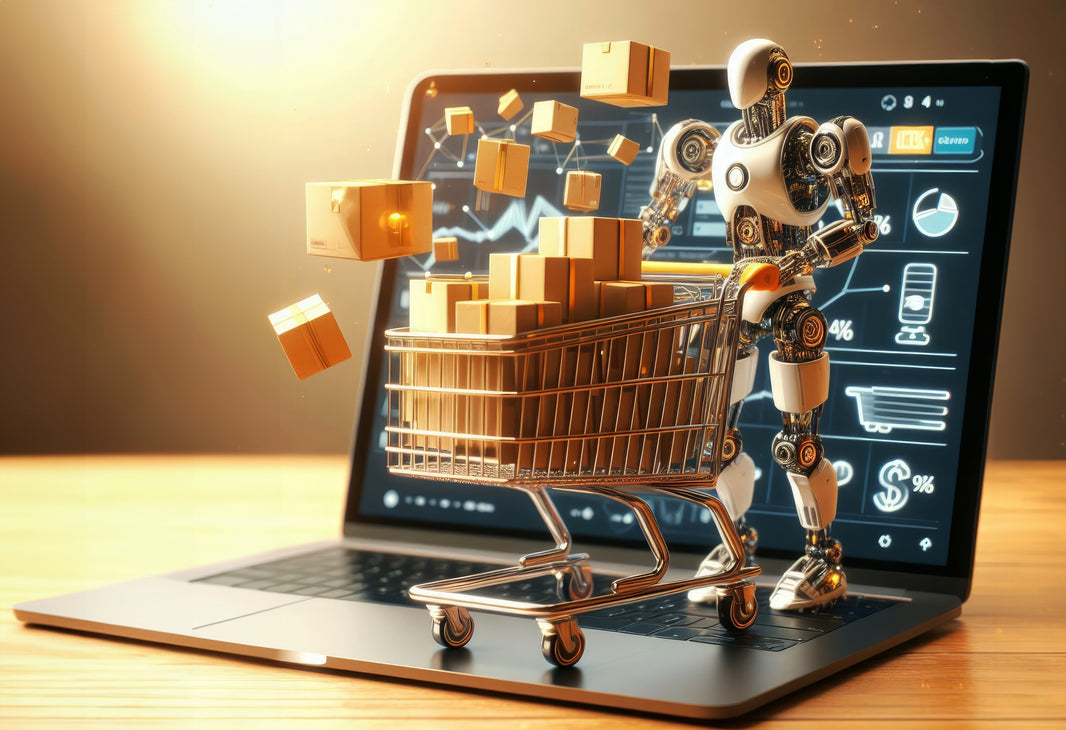You might still not know this, but your customers are looking for your products everywhere online. Therefore, selling on a website coupled with one Instagram account won’t cut it for your ecommerce business.
Your potential customers are browsing social media, comparing prices on Amazon and similar marketplaces, and checking reviews on Google and other review sites and forums (Reddit and more) before making a purchase.
This change in consumer behavior means ecommerce businesses must now sell everywhere, and that’s exactly what omnichannel ecommerce is about.
If you are an ecommerce business owner wondering why your competitors are savoring more footfall and conversions, then it’s time to understand the key steps to successfully go omnichannel, including business evaluation, channel integration, and optimizing fulfillment.
Step 1: Understand Your Business Needs and Potential
Before getting into the process details of omnichannel, let’s first take a look at your business model to figure out a practical and compatible business model.
Not every channel works equally well for all aspects of marketing and sales; each serves a different purpose. Some platforms could boost your brand while others might come in to support the process. Simply ask yourself these questions:
- Where do my current customers engage the most?
- Which sales channels align with my products and price point?
- What’s my unique selling proposition (USP), and how do I highlight it across channels?
After that, set realistic goals for each channel, as every social media channel has a different role in sales and marketing:
- Social media (Instagram, TikTok, Pinterest): These are mostly used to build brand awareness and engagement.
- Marketplaces (Amazon, eBay, Walmart): Use them to expand reach and boost conversions, but they may have lower margins due to related fees.
- Your own website: Strengthens brand authority, collects customer data, and increases repeat purchases.
- Review Sites: Yelp, Google review, Trustpilot, Yotpo, Okendo, etc., are great to showcase social proof and drive sales.
- Email & SMS marketing: Nurtures leads and boosts loyalty with personalized offers.
- Forums: Forum-style social platforms like Reddit and Quora come in handy to build trust and authority along with brand awareness.
- Physical stores or pop-ups: Offers personalized experiences, higher trust, and in-person customer support.
Step 2: Choose the Right Sales Channels for Your Product
Once you’ve identified your business strengths, the next step is to select channels that match your business goals and target audience and define clear objectives for each channel.
This will help you avoid spreading resources too thin and focus on what drives sales. For instance:
- Fashion & Lifestyle Products: Instagram, TikTok, Pinterest, and marketplaces like Etsy or Amazon.
- Tech & Electronics: Amazon and Best Buy type of Marketplace, review sites, and participation in dedicated subreddit discussions.
- B2B & Wholesale: LinkedIn, Alibaba, and direct website sales, along with Quora presence for awareness.
- Health & Wellness: Google Shopping, review sites, D2C websites, and influencer marketing.
Step 3: Seamless Channel Integration for Better Experience
Omnichannel is not just about multiplatform presence; you need to make sure every channel works together, or else it can cost you brand reputation and trustworthiness. Your customers should be able to do the following:
- Customers should be able to browse a product on one platform and order it on another. For instance, they can discover an item on Instagram and click a link to purchase it from your website.
- Customers can add products to their carts on your website, but instead of waiting for shipping, they can pick them up at the physical store.
- Customers can ask questions via live chat and get the same support in-store. For instance, if a customer asks a product-related question via live chat on your website and later visits your store, the staff should have access to the same query and provide relevant assistance.
Now, to make this experience possible, you need to integrate all your platforms with a centralized system that syncs all customer interactions, inventory, customer data, and orders.
A strong backend is necessary to prevent common omnichannel loopholes like overselling and pricing inconsistencies.
Essential Tools for Omnichannel Integration:
-
Ecommerce Platforms (Website Integration)
Use platforms like Shopify, BigCommerce, or WooCommerce to help create a strong online store. Modern platforms ensure your website is fully functional, mobile-friendly, and connected to other channels like marketplaces and social media.
-
Point of Sale (POS) Systems (Sync In-Store & Online Sales)
Use POS systems like Square, Lightspeed, or Shopify POS to sync physical store sales with your ecommerce store. If a product sells in-store, your website inventory will update automatically, preventing overselling.
-
Inventory Management Software (Real-Time Stock Updates Across Channels)
Use tools like Skubana or Cin7 to help manage inventory across multiple platforms. Such tools keep stock levels accurate whether customers buy from your website, Amazon, or a physical store.
Step 4: Use Data for a Personalized Shopping Experience
The success rate of omnichannel ecommerce relies heavily on understanding your customers. By tracking customer behavior across all channels, you can create tailored experiences that increase conversions.
Brands like Nike, Sephora, and Apple excel in omnichannel marketing by personalizing interactions at every touchpoint. For a starter pack, your personalization strategy can include:
- Targeted Ads: Show Instagram ads to users who viewed a product on your website.
- AI-Powered Product Recommendations: Suggest items based on browsing history.
- Abandoned Cart Emails: Send reminders via email and SMS with discounts.
- Loyalty Programs: Offer in-store and online rewards to encourage repeat purchases.
Step 5: Optimize Fulfillment & Delivery
Once you’re selling across multiple platforms, logistics become more complex. The key to scaling omnichannel ecommerce is offering customers fast, flexible, and reliable fulfillment.
Retail giants like Walmart and Target dominate omnichannel by offering multiple fulfillment options—small businesses can replicate this with smart logistics planning.
Your options include:
- Buy Online, Pick Up In-Store (BOPIS): This reduces shipping costs and speeds up purchases.
- Same-Day & Next-Day Delivery: Boosts conversions by meeting customer expectations.
- Third-Party Logistics (3PLs): Partner with fulfillment services like ShipBob or Amazon FBA for efficiency.
Step 6: Stay Consistent in Branding & Customer Support
Customers expect the same level of service whether they’re buying from your website, on social media, or in-store. Ensure:
- Unified Pricing & Promotions: Avoid discrepancies between channels.
- Consistent Product Information: Ensure all listings have the same details, whether on your site or on Amazon.
-
Omnichannel Customer Support: Offer chat, phone, email, and social media support with a single view of the customer.
Amazon, for example, provides seamless post-purchase support across all platforms, which reinforces trust.
Key Takeaways
- Ecommerce has evolved, and brands that sell across multiple platforms seamlessly will dominate the future market.
- Analyze your products and choose sales channels that match your business model.
- Define clear goals for each platform. You might need one to build brand awareness and others to drive conversions.
- Integrate channels to create a coherent experience across all platforms.
- Use customer data for personalization.
- Optimize fulfillment to match customer expectations.
- Ensure consistent support and branding across all selling points.
Need some help to identify the best sales channels for your ecommerce store? Reach out to us for expert advice because only choosing the right mix of owned, earned, and paid channels can help you maximize both visibility and profitability.
At Web Ecommerce Pro, we’ve spent over a decade helping businesses like yours build, optimize, and scale their online presence. From seamless site development and platform migrations to custom integrations and SEO, we make sure your ecommerce ecosystem works in sync.
If you’re looking for clarity on the best channels for your brand and how to connect them without the usual tech headaches, let’s talk.









